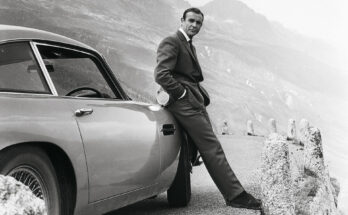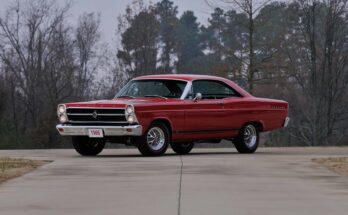The 1984 Nissan 300ZX Turbo 50th Anniversary Edition is a standout in the history of Nissan’s iconic Z-car lineup, blending cutting-edge technology for its time with a bold design that screamed 1980s futurism. Built to commemorate Nissan’s 50th anniversary since its founding in 1933, this limited-edition model was a turbocharged, tech-laden version of the Z31-generation 300ZX, with only 5,148 units produced for the U.S. market and an additional 300 for Canada. Its combination of performance, style, and innovative features made it a cultural and automotive milestone, embodying the era’s vision of the future.
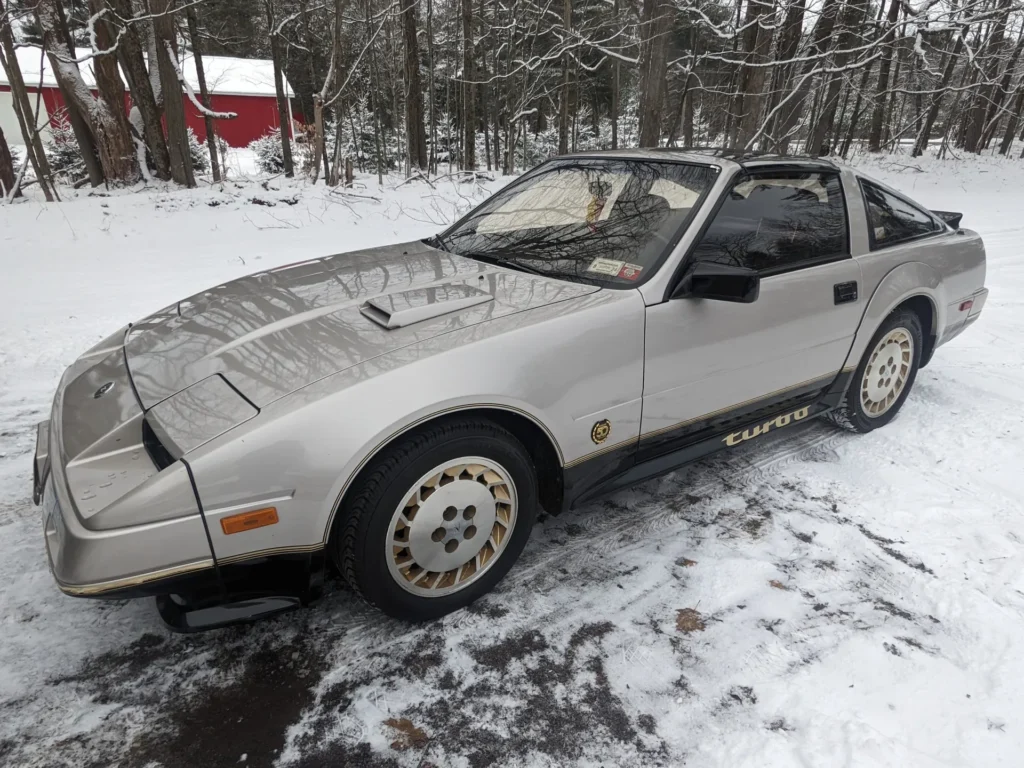
Design and StylingThe 50th Anniversary Edition was visually distinct, sporting a two-tone Light Pewter Metallic and Thunder Black color scheme that was pure ’80s flair. Unique exterior features included:
- Commemorative Badging: “Nissan 50th Anniversary” badges adorned the exterior, with a prominent logo on the driver’s side front fender.
- Fender Flares: Wider front and rear fender flares gave the car a muscular, aggressive stance, setting it apart from standard 300ZX models.
- Turbine-Style Alloy Wheels: 16-inch aluminum wheels with gold-accented fins added a futuristic touch, complementing the car’s sleek, aerodynamic profile.
- T-Tops: Mirrored removable roof panels were standard, enhancing the car’s sporty, open-air appeal.
- Turbo Branding: “Turbo” script on the side skirts and a hood scoop hinted at the car’s performance credentials.
The design was a modernized evolution of the Z-car lineage, with a wider, squarer body, pop-up headlights, smoked taillights, and a rear duck-lip spoiler. It was a departure from the more curvaceous 280Z, drawing inspiration from the angular aesthetics of the time while maintaining the Z’s signature sporty elegance. As one source noted, the car looked like “peak, distilled Eighties,” with its bold styling and attention-grabbing details.
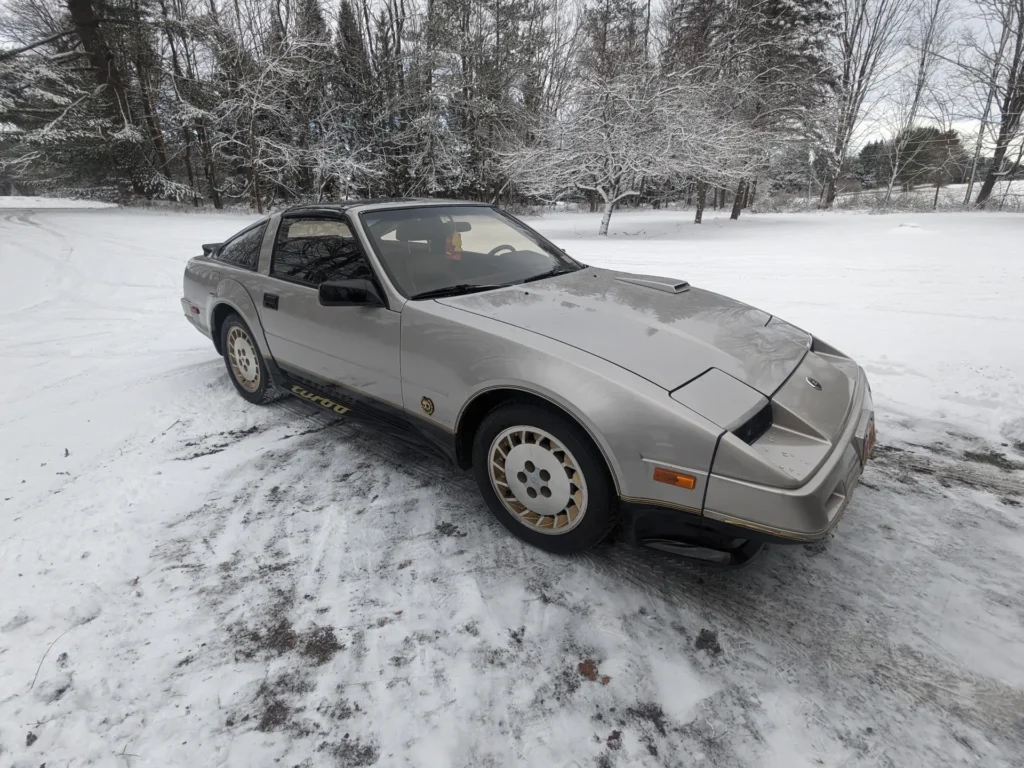
Futuristic Interior
The interior of the 50th Anniversary Edition was where its futuristic credentials truly shone. Nissan packed the cabin with technology that felt like it was ripped from a sci-fi movie, making it a standout in 1984:
Digital Dashboard: The centerpiece was a vibrant digital instrument cluster, featuring a multi-LED sweeping tachometer, digital speed display, and a G-force indicator—a novelty that gave drivers a sense of piloting a spaceship. The dash also included readouts for average mileage and a compass, adding to the high-tech vibe.
Bodysonic Amplifier: A standout feature was the Bodysonic Amplifier, which sent vibrations through the front seats synchronized with the audio system’s sound profile. This adjustable-intensity system created an immersive experience, making music feel visceral—a true hallmark of ’80s innovation.
Voice Alerts: The car featured a speech synthesizer that delivered warning messages, adding to the Knight Rider-esque experience. Drivers could be alerted to open doors or low fuel in a robotic voice, a feature that was mind-blowing at the time.
Embroidered Leather Seats: The black leather seats and floor mats were embroidered with 50th Anniversary badging, blending luxury with exclusivity. The seats were comfortable yet bolstered for spirited driving.
Steering Wheel Controls: Cruise control and radio controls were integrated into the steering wheel, a forward-thinking feature for the era.
Automatic Climate Control: The cabin also included automatic climate control, enhancing comfort and reinforcing the car’s upscale positioning.
The interior was described as “incredibly ’80s,” with a cockpit that felt like a time capsule of the decade’s obsession with digital technology and bold design. Owners and enthusiasts often remarked on the dashboard’s ability to evoke a sense of wonder, as if “300ZX drivers in 1984 must have imagined the future.”
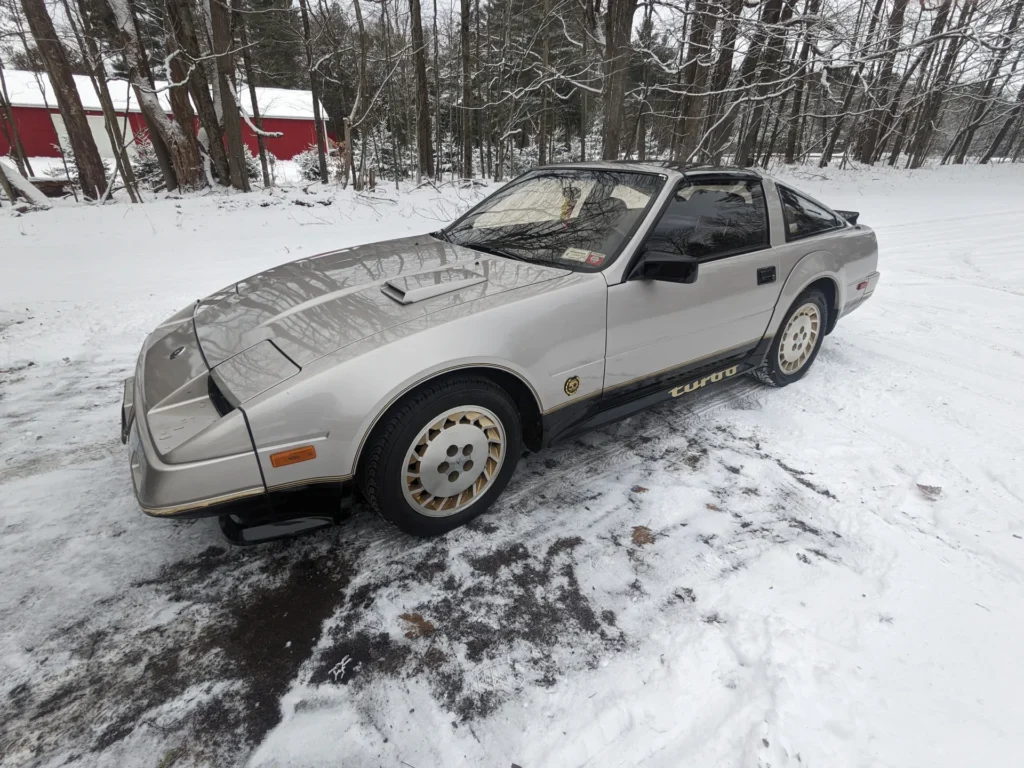
Performance and Handling
Under the hood, the 50th Anniversary Edition was powered by a turbocharged 3.0-liter V6 (VG30ET) with a Garrett T3 turbocharger, producing 200 horsepower and 227 lb-ft of torque. While modest by today’s standards, this was impressive for 1984, offering a 0-60 mph time of under seven seconds and a top speed approaching 140 mph. The engine delivered a smooth power curve, though the turbocharged exhaust note was muted, with fan noise and turbo whistle dominating the soundscape.
The car came with a choice of a five-speed manual or a four-speed automatic transmission, with the manual being the enthusiast’s preference for its engaging drive. A limited-slip differential and electronically controlled three-way adjustable shocks provided sharp handling, though the suspension could feel stiff without proper tuning. The Z31 chassis was robust, contributing to the car’s success in motorsport, including IMSA GTO and GTS categories, where tuned versions proved highly competitive.
Rarity and Collectibility
With only 5,448 units produced (5,148 for the U.S. and 300 for Canada), the 50th Anniversary Edition is a rare find today. Its limited production, combined with unique features and historical significance, makes it highly sought after by collectors. Recent auction data shows a wide price range, from a low of $4,700 for a high-mileage example to a high of $80,000 for a pristine 1984 model, with an average sale price around $22,341. Low-mileage examples, like a 15,000-mile pace car variant sold for $21,300 in 2024, are particularly coveted.
However, the car’s collectibility is tempered by the broader Z31 market, where non-special editions are more common and less valued, sometimes muting enthusiasm for the 50th Anniversary models. Many Z31s were heavily driven or modified, making well-preserved, original examples like the 50th Anniversary Edition stand out. Social media posts from enthusiasts highlight the excitement of finding these cars, with one owner calling a 61,000-mile example a “neat score” for its unique features like the mirrored ~
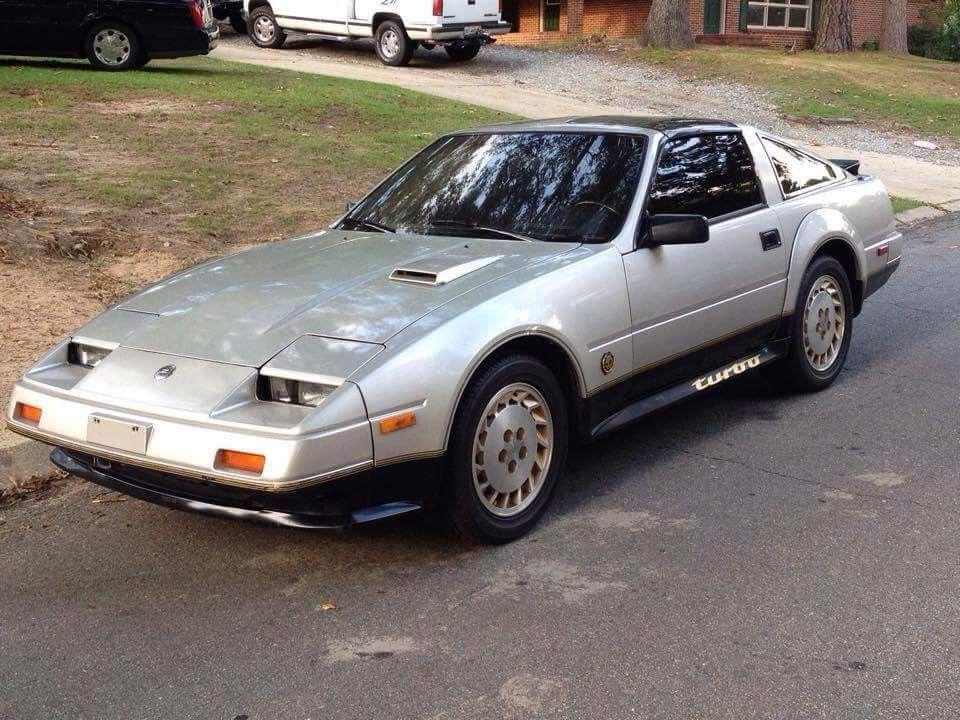
Cultural Impact and Legacy
The 1984 Nissan 300ZX Turbo 50th Anniversary Edition captured the imagination of a generation, embodying the ’80s fascination with technology and performance. Its digital dash, voice alerts, and Bodysonic seats were showstoppers, earning comparisons to the futuristic aesthetic of shows like Knight Rider. In 1984, it was the best-selling sports car in America, a testament to its appeal.
Today, the car remains a nostalgic icon for enthusiasts of JDM (Japanese Domestic Market) culture and ’80s automotive design. Its blend of retro-futuristic tech and classic Z-car performance makes it a favorite at car shows and among collectors. Posts on platforms like Reddit and X reflect ongoing admiration, with owners sharing stories of barn finds and the thrill of owning a piece of Nissan history.

